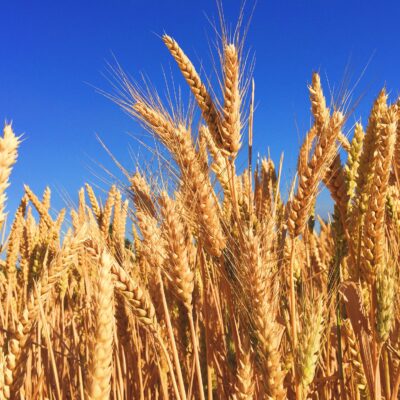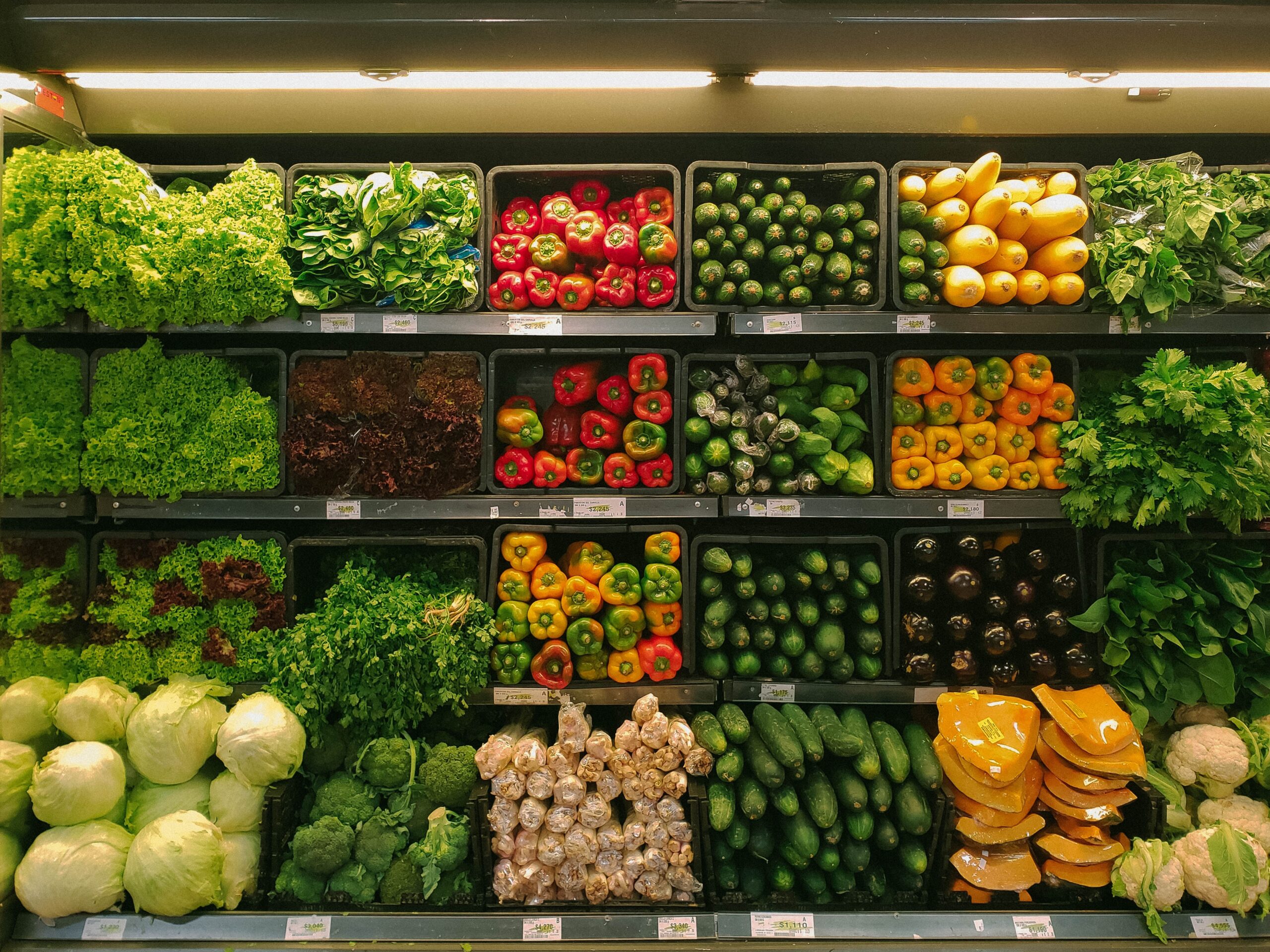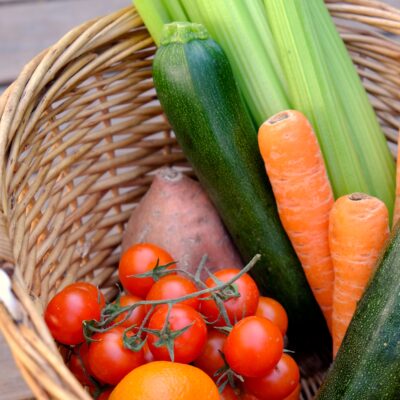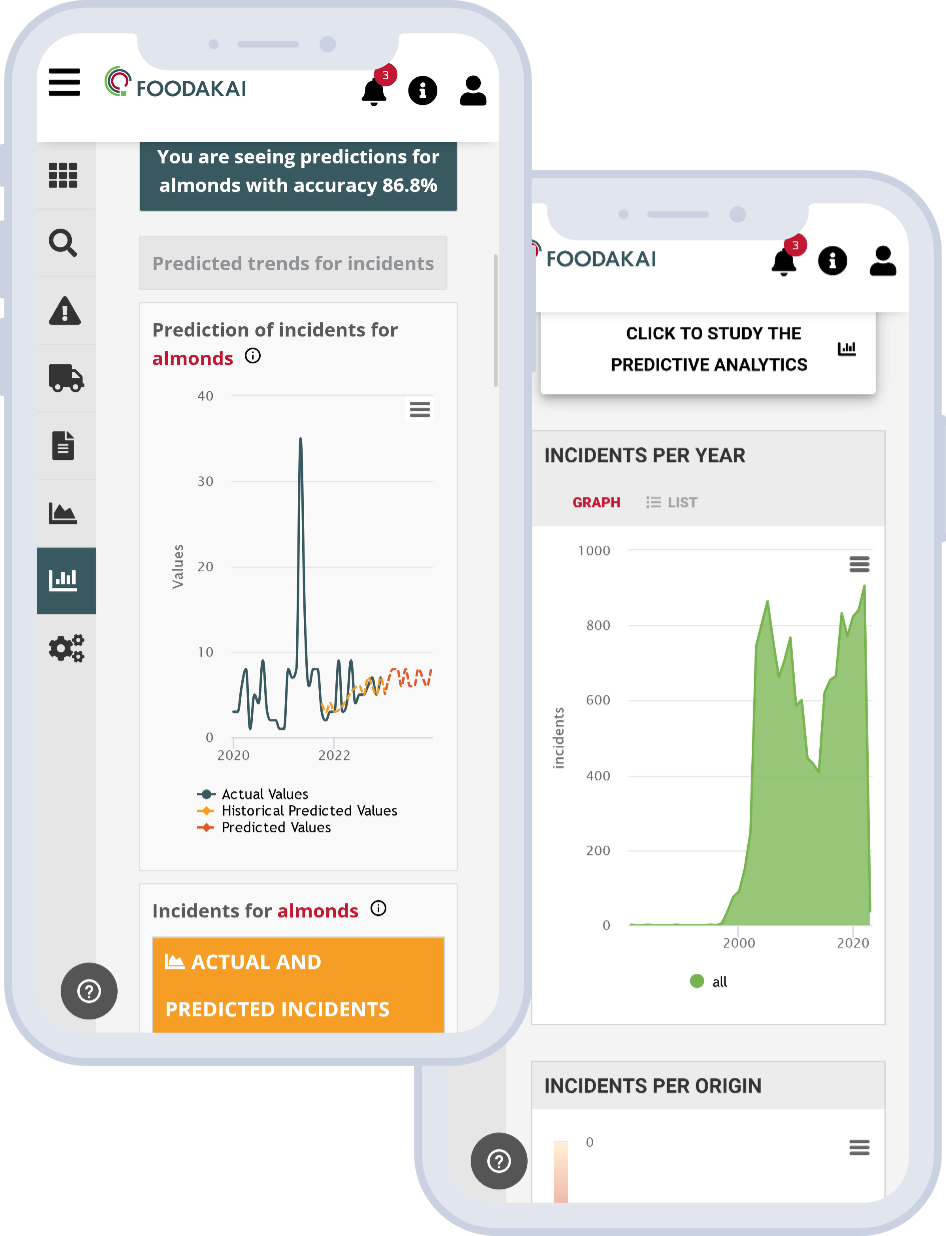
Forecasted Trends – Does nanotechnology have a new role to play in the food industry?

Nanotechnology – a de-facto ‘game changer’ in the food industry
By definition, nanotechnology is any technological advancement involving the use of nanomaterials, i.e. any organic or inorganic material substances between 1 and 100 nm in size, showing unique biological, chemical, and physical properties due to their small size and high surface area-to-volume ratio, which can be utilized in novel applications. Along with the digitalization of the agrifood sector, this emerging and rapidly developing technology is expected to play a key role in transforming our food system, literally from farm to fork, offering a number of innovative solutions to problems encountered in food cultivation, food processing, food packaging, transportation, shelf life and bioavailability of nutrients. Nonetheless, it does not come without a cost. As human exposure to nanomaterials is expected to increase over time, interest and concerns in relation to their health impact are also rising, making the need for a risk assessment of the nanoparticles in the food chain, and the establishment of a uniform and international regulatory framework for nanotechnology in food, absolutely mandatory.
Nanotechnology applications in the food industry
Nanotechnology is definitely not another buzzword to jazz up some dull research. For the food industry, nanotechnology is, and will be, of great interest as an emerging technology with applications in the area of food processing, food safety and quality, food packaging, and nutrient availability. As consumers, we have already seen a number of nanotech food packaging innovations making their way to the market, such as compostable and edible packaging, and we will definitely see a whole lot more of others being commercialized in the near future. A recent market analysis predicted an increase in the usage of nanotechnology in packaging within the next years, especially in applications within the areas of active, intelligent, and smart packaging.
In terms of food safety, nanotechnology applications expand from food hazard detection, such as pathogens, allergens, and toxins, to inhibition of biofilm formation on food, and food contact surfaces. The collectively known as smart packaging includes applications, such as nanocoating with various types of polymer composites and nano-bio sensors for pathogen detection, as well as quality monitoring of stored food, based on parameters like temperature, oxygen, pH, and moisture, with the aim to extend its shelf life. Nano-biosensors offer the potential for the conservation of food by facilitating the release of preservatives, thereby contributing to maintaining its freshness and flavor for a longer time. Additionally, they can allow for quality control and easy traceability throughout the entire life cycle of the products. Smart devices such as barcodes, RFID tags, sensors, and indicators can communicate, monitor, sense, record, track, and indicate information about food safety, quality, and history during the entire shelf life of the products. Has it ever crossed your mind how RFID tags can play a key role in monitoring real-time the quality and safety of 1.600.000 whiskey barrels sitting in dozens of maturation warehouses for many many years? I am sure you can guess the answer to that now.
Active packaging can offer antimicrobial, antifungal, antioxidant, and biocatalytic functions which can extend product shelf life. It entails the incorporation of active/bioactive compounds (e.g. oxygen scavengers, antioxidants, carbon dioxide emitters, etc.) into matrices used in existing packaging materials, and the application of coating with the above-mentioned functionality through physical or chemical surface modification. Some of its applications in relation to food processing are nano-additives and nutraceuticals for quality and nutritional value improvement, nanoencapsulation for aroma and flavor improvement, nanoparticles used as gelating and viscosifying agents to enhance food texture, and last but not least, nanoemulsions to improve the availability and dispersion of nutrients.
The pros of nanotechnology applications in the food industry
The quintessential benefit of nanotechnology for the food industry, and by extension for the consumers themselves, is food that is safer to eat, tastier, healthier, and of higher nutritional value. In purely business terms, we could say that nanotechnology is offering a great capacity for newly added value product categories to be created, and based on that, novel business models to be developed. Cost reduction is also part of the equation. For example, antimicrobial or antioxidant functionality in bioactive food packaging can be delivered by incorporating only a small amount of active agents into the existing packaging material, while keeping intact its bulk properties.
With nanotechnology, the flavor and texture of foods can be improved, while reducing fat and salt content, and nutrients, such as vitamins, can be encapsulated to ensure they will not degrade during the product’s shelf life. Nanotechnology may prevent carbonated drinks from going flat, by keeping carbon dioxide from escaping. Smart packaging with nano-sensors will alert consumers as to when a food has been spoiled, or contaminated with a food pathogen. In addition to all these benefits, nanotechnology packaging can be improved to ensure the product inside is kept fresher for a longer time, and spoilage and food pathogens contamination is prevented.
Farming operations may also avail from nanotechnological applications. Nano-sensors can help with measuring nutrient levels and water content of soils, as well as alert farmers about the presence of fungi or other pests, thereby optimizing the application of pesticides and fertilizers, which directly translates to minimizing environmental impact. Animals can be tracked and monitored through the use of nanochips, which can also alert farmers about the presence of diseases among animals of the same herd, and by extension about the need for interventions. How useful would that level of optimization in the livestock industry prove to be in minimizing Antimicrobial Resistance (AMR)?
Future implications of nanotechnological applications in the food industry
The implications involved in the application of nanotechnology in the food industry definitely do not outweigh the benefits resulting from it. Yet, they cannot be ruled out as the larger-scale adoption would raise concerns about the health of the consumers and the impact on the environment. In March 2009, the scientific committee of EFSA issued an opinion on nanoscience and nanotechnology in relation to food and animal feed safety. The food safety agency particularly highlighted the need to risk assess the use of engineered nanomaterials in food additives, enzymes, flavorings, food contact materials, novel foods, food supplements, feed additives, and pesticides by the agrifood industry, in order to obtain a better understanding of their potential impact on the environment, safety, and health, and address relevant regulation and legislation gaps in minimizing associated risks. A widespread application of nanotechnology in the agri-food sector, and a detailed risk assessment for it, on a case-by-case basis, is currently hindered by the gap of knowledge in the areas of toxicity and safety. It is worth mentioning that, currently, there are no internationally accepted standard protocols for toxicity testing of nanomaterials in food and feed available. In addition to that, the existing EU regulatory framework for food safety does not contain specific provisions on nanomaterials.
The main concern on public health in relation to the application of nanotechnology in the food industry rises from the fact that nanomaterials may potentially bioaccumulate in various organs of the body, leading to potentially adverse effects, following consumption and absorption in the gastrointestinal tract. In terms of environmental impact, the main concern rises from the environmental toxicity of nanoparticles as a result of their persistence and longevity in the ecosystem, affecting both terrestrial and aquatic systems.
Nanotechnology has so many things to offer in the food industry, yet the industry can only avail of its benefits if any issues related to the impact on public health and the environment are thoroughly examined and properly addressed. The safety of these extremely small particles of the large reactive surface area is yet unknown, and more research is required to determine their impact on human health and the environment in order to ensure public and environmental safety.











